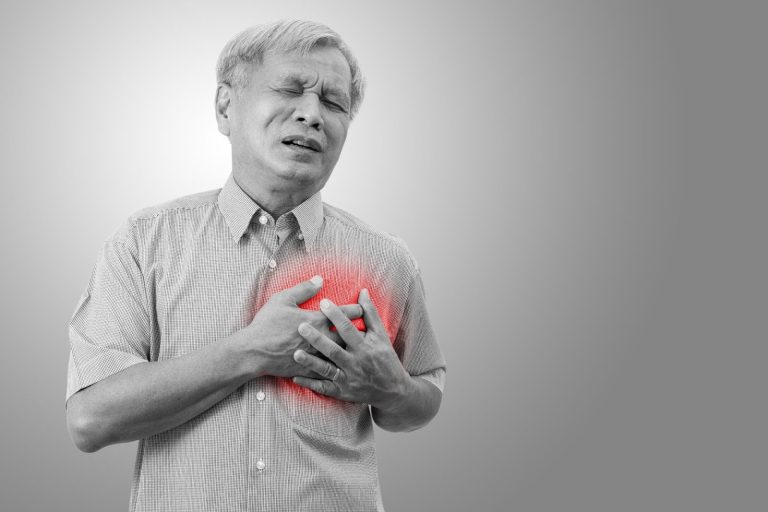
Source link: https://www.ncbi.nlm.nih.gov/books/NBK507854/
Sudden cardiac death (SCD) is a sudden, unexpected death caused by loss of heart function, typically resulting from an abrupt disruption of the heart’s electrical system. This disruption leads to a rapid, chaotic heart rhythm called ventricular fibrillation, which causes the heart to stop pumping blood effectively. SCD occurs suddenly and often without warning, typically within minutes after symptoms appear.
Causes
SCD can occur in individuals with or without preexisting heart conditions. Common causes and risk factors include:
- Coronary Artery Disease (CAD): The most common cause of SCD, CAD leads to the buildup of plaque in the arteries that supply blood to the heart, increasing the risk of heart attack and sudden cardiac arrest.
- Arrhythmias: Abnormal heart rhythms, such as ventricular fibrillation or ventricular tachycardia, can disrupt the heart’s electrical system and lead to SCD.
- Structural Heart Abnormalities: Conditions such as hypertrophic cardiomyopathy, dilated cardiomyopathy, and congenital heart defects can increase the risk of SCD.
- Family History: A family history of SCD or certain inherited heart conditions can increase an individual’s risk.
- Age: SCD is more common in older adults, particularly those over 45.
- Gender: Men are at higher risk of SCD than women.
- Tobacco Use: Smoking increases the risk of heart disease and SCD.
- High Blood Pressure: Hypertension increases the risk of heart disease and SCD.
- Obesity: Excess weight increases the risk of heart disease and other cardiovascular conditions.
- Diabetes: Diabetes is associated with an increased risk of heart disease and SCD.
Symptoms
SCD typically occurs without warning and may be the first sign of heart disease in some individuals. However, some people may experience warning signs or symptoms before SCD, including:
- Chest pain or discomfort
- Shortness of breath
- Palpitations or irregular heartbeat
- Dizziness or lightheadedness
- Fainting (syncope)
Diagnosis
Diagnosing SCD is challenging because it occurs suddenly and unexpectedly. In many cases, the underlying heart condition is not diagnosed until after death. However, certain tests may be performed to assess an individual’s risk of SCD, including:
- Electrocardiogram (ECG): Measures the electrical activity of the heart and can detect abnormal heart rhythms.
- Echocardiogram: Uses sound waves to create images of the heart and assess its structure and function.
- Stress Test: Evaluates how the heart responds to physical activity.
- Holter Monitor: A portable device worn for 24 to 48 hours to continuously monitor heart rhythm.
Treatment and Prevention
Preventing SCD involves managing risk factors and underlying heart conditions, including:
- Treating underlying heart conditions, such as CAD, arrhythmias, and structural heart abnormalities.
- Adopting a heart-healthy lifestyle, including regular exercise, a balanced diet, weight management, smoking cessation, and managing stress.
- Medications, such as beta-blockers, antiarrhythmic drugs, and anticoagulants, may be prescribed to reduce the risk of arrhythmias and SCD in certain individuals.
- Implantable Cardioverter-Defibrillator (ICD): A device implanted under the skin that monitors heart rhythm and delivers an electric shock to restore normal rhythm if a life-threatening arrhythmia occurs.
Conclusion
Sudden cardiac death is a devastating event that can occur suddenly and without warning. Understanding the risk factors, recognizing warning signs, and seeking appropriate medical care are important for reducing the risk of SCD and improving outcomes for individuals at risk. Early diagnosis and treatment of underlying heart conditions can help prevent SCD and save lives.
